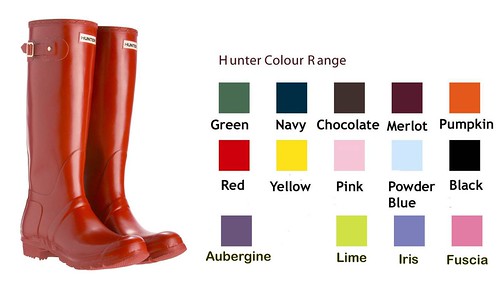
Soil Association - inspiring a new generation of eco-farmers
A star-studded dinner next week will help 80,000 children visit organic farms in the coming year. It's a noble cause, says Christopher Middleton, but will it inspire a new generation of eco-farmers?
It's a glorious morning in South Devon but, in the midst of all the sunlight and blue sky, a life-and-death battle is being fought out in a muddy field.
At stake is the future of the British countryside, the health of the nation and possibly the survival of the entire planet. High stakes indeed - and to think it all rests on the outcome of a confrontation between five small children in fancy-dress costumes.
At the centre of things is the farmer, played by Christopher Hern, one of the senior boys at nearby Yeoford Primary School.
Wearing a cloth cap and a tweed jacket several sizes too big, he brandishes the ultimate weapon: pesticide.
Prior to his arrival, his fellow participants have been quietly going about their daily food-chain chores, with the greenfly (Tazmyn Sayers) devouring the wheat (Charlotte Duxbury-Watkinson), the ladybird (Natasha Matthews) chomping on the greenfly, the skylark (Charlotte's brother, Jack) gobbling up the ladybird, and the majestic pale blue sparrowhawk (Martha Beal) polishing off the skylark.
"But now look what happens," cries their teacher, Sue Cameron, "when the farmer comes along with his chemicals!"
Striding forward with plant spray outstretched, young Christopher gives it to the greenfly good and proper, before treating the other creatures to a few quick squirts, too. There's much squealing and protesting, followed by some impressively improvised dying on the part of the insects.
"You see what's happened?" says Miss Cameron, taking centre stage. "The farmer finds millions of pesky little greenflies running across his wheat, so he gives them a spray" - she nudges Christopher for a quick rerun - "and they all die." Cue re-enactment of greenfly demise.
"Trouble is, what's the ladybird going to eat now that there's no greenfly? She'll die, too, won't she? Or at least have to go elsewhere. And the same goes for all the other animals. But why were there so many greenfly in the first place? There weren't enough ladybirds to eat them, because the farmer had chopped down all the hedges where ladybirds normally live. And why had he done that?"
Hands shoot up like young parsnips. "Because he wanted more land for his crops, Miss."
"That's right," says Miss. "He was greedy, wasn't he?"
And there it is. The parable of the farmer, the greenfly and the postwar industrialisation of British agriculture. All down to human avarice.
Simplistic? Perhaps, but there again this isn't a fact-finding mission for high-ranking European Union ministers and Defra officials, it's a school trip to a local farm. And although it has been organised by the Soil Association (SA), the body that has sworn by the blood of the beetroot to shun all chemical fertiliser and artificial enhancement of livestock, the level of propagandising is low.


No comments:
Post a Comment